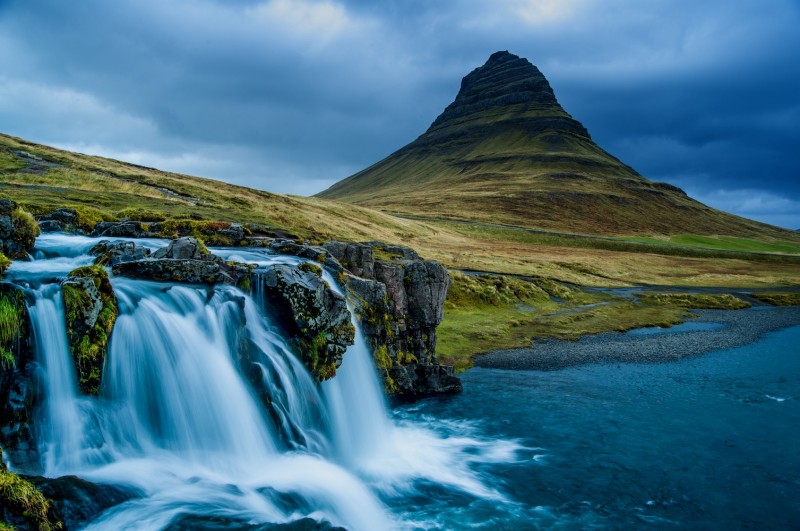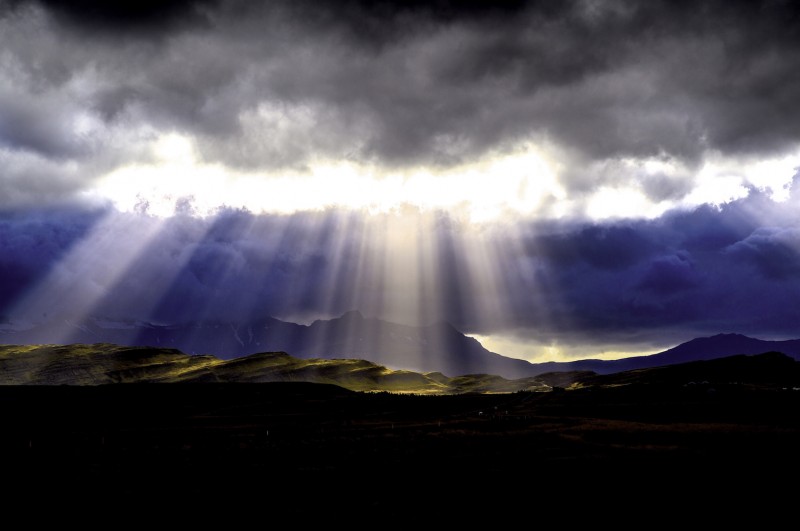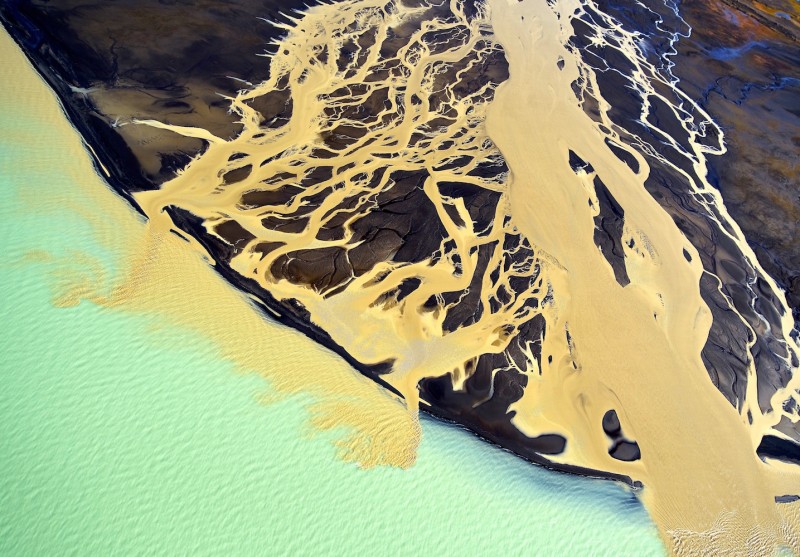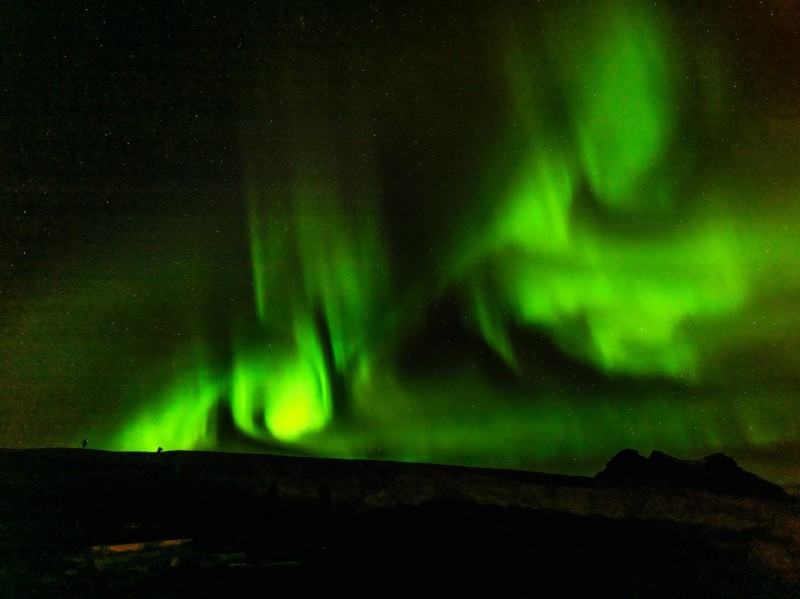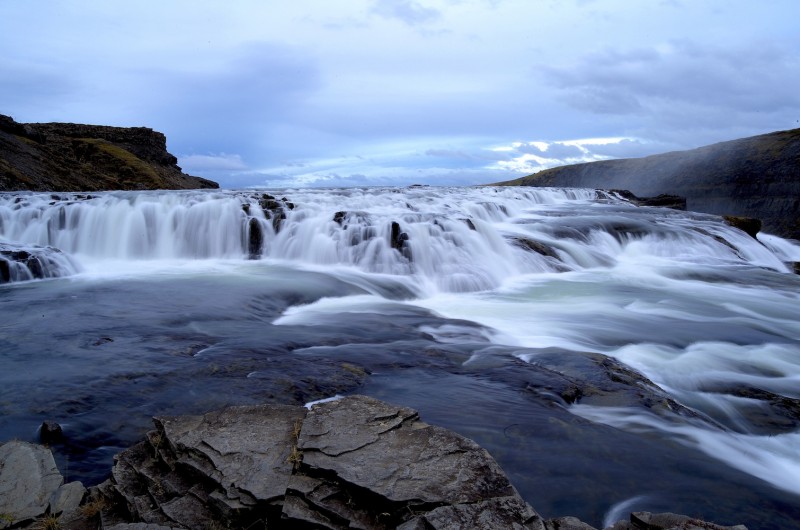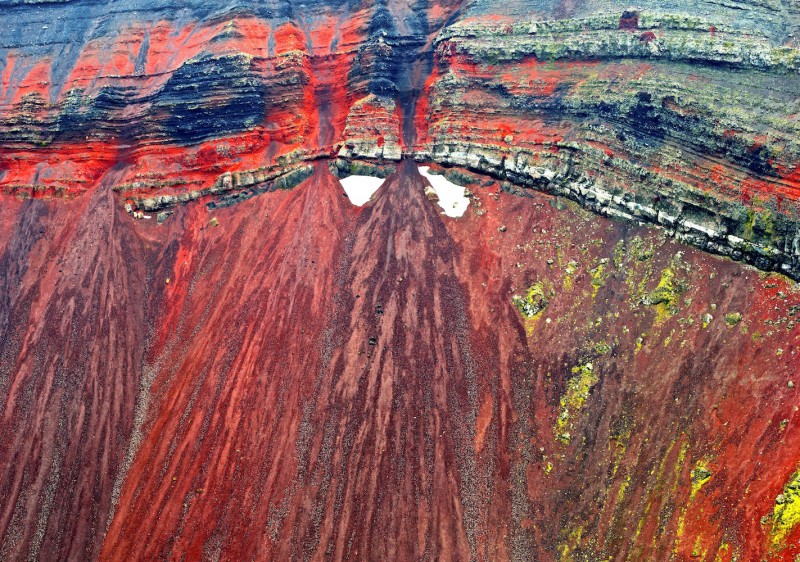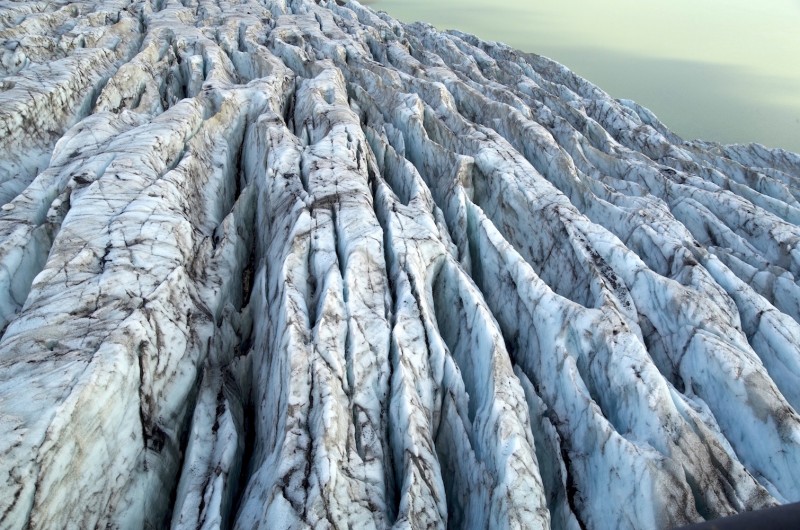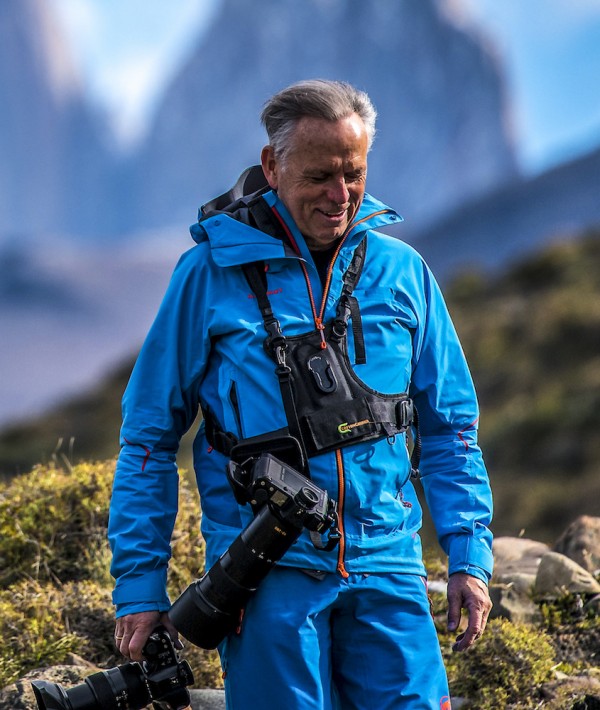Iceland
Iceland
Jürgen Wettke
March 19, 2018

Jürgen Wettke: I’ve been to many countries, but there are few places on Earth that offer such an untouched and diverse natural landscape as Iceland. The natural power of the sea, the ice, fire and air have shaped not only the form and colours of the landscape, but also the island’s animals and people. Where else in the world can you drive through lava for a solid six hours without meeting another car? Where else do you find an unobstructed 100-kilometre view with not one house in sight?
For photographers, Iceland is a dream come true – as is evident from the great number of photo books it has inspired. What is it that sets your images apart?
As is apparent from my previous books, I am especially interested in the formations and textures of a landscape. This is what starts people dreaming. In my exhibitions, I have noticed time and again that viewers develop entirely different interpretations of the depicted forms and their possible origins. Many of the panoramas and postcard images in my books are there to provide a description of the natural structures’ surroundings.
Your main occupation is in the healthcare sector. How did you discover your passion for travel photography?
My previous career as a corporate consultant was characterised by facts, figures, observations and meetings in various companies; the objective was to formulate an understanding that would allow me to determine the appropriate course of action. In photography, I take a more creative approach to depicting landscapes and textures in a way that is pleasing to the viewer. What both pursuits have in common is probably my dedication to high quality standards, and a deep sense of personal fulfilment. Photography to me is passion and relaxation – even if some of my destinations involve arduous journeys. Seeing the final results always makes me feel that it was worth the effort.
Which characteristics are you looking for if a certain place is to draw your attention?
It has to have some inherent magic, unusual formations and light conditions, and ideally be far from any major tourist crowds.
What equipment did you use, and how did it influence your approach when completing this project?
I’ve been photographing with Leica cameras for around thirty years. It all started with a Leica M; having worked with automatic cameras, I once again went back to consciously composing each image with attention to the light and the time of day, instead of just shooting away. My desire to create more large-format prints led me to the Leica S which, in addition to the supreme quality of its lenses, is also incredibly reliable. Most of the images featured in my books were taken with the Leica S. Even in poor climatic conditions, it has never let me down. I also added an SL body to my portfolio, for capturing fast moving subjects.
Jürgen Wettke+-
Born 1953 in Hagen, Germany, Jürgen Wettke discovered his passion for photography in his youth. Whilst pursuing a teaching career in the field of medicine and public health at Dusseldorf University, he has also been a dedicated photographer for a number of years. His previous book publications on the Wadden Sea and the Namib Desert have been accompanied by exhibitions in Germany and Austria. More

